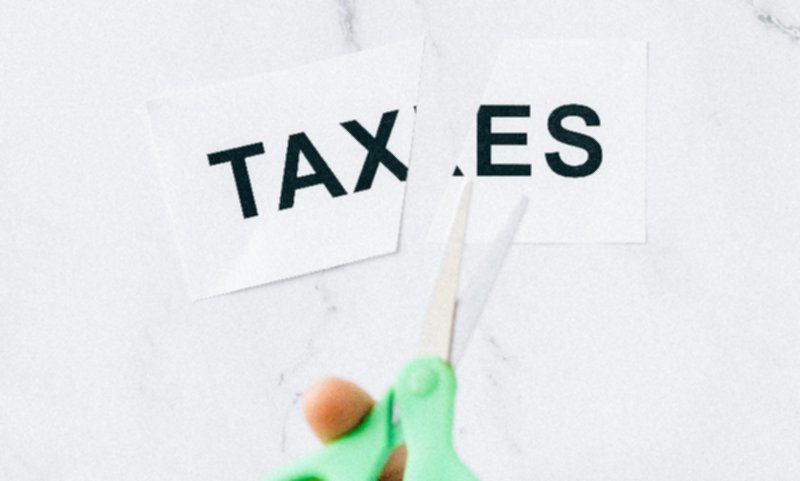Distributable Reserves vs Net Profit: Ultimate Guide to Dividend Payments
Understanding Legal Requirements, Calculations, and Common Pitfalls for UK Companies
Over 35% of UK companies make errors in dividend declarations each year, with an average penalty of £4,200 for illegal dividend payments. Understanding distributable reserves could save directors from personal liability.
What Are Distributable Reserves?
Distributable reserves are the profits available for distribution to shareholders as dividends under company law. They represent the accumulated realised profits that have not been previously distributed or capitalised.
- Come from accumulated retained earnings
- Must be realised profits (not unrealised or revaluation reserves)
- Reduced by accumulated realised losses
- Governed by Companies Act 2006
Net Profit vs Distributable Reserves
While related, net profit and distributable reserves are fundamentally different concepts:
| Aspect | Net Profit | Distributable Reserves |
|---|---|---|
| Definition | Current year profit after tax | Accumulated realised profits less accumulated realised losses |
| Timeframe | Single accounting period | Cumulative across company’s history |
| Basis | Accounting profit | Legal concept under company law |
| Volatility | Can fluctuate significantly year-to-year | Generally more stable (cumulative) |
| Use for dividends | Can be source of distributable reserves | Direct source for dividend payments |
Legal Framework for Dividend Payments
Step 1
Calculate distributable profits
Step 2
Directors’ solvency statement
Step 3
Board resolution to declare dividend
Companies Act 2006 Requirements
Under the Companies Act 2006, a company may only make a distribution:
- Out of profits available for distribution
- If the distribution does not reduce net assets below called-up share capital plus undistributable reserves
- For public companies: after the distribution, net assets must be at least equal to called-up share capital plus undistributable reserves
Calculating Distributable Reserves
Distributable Reserves Formula:
Accumulated Realised Profits – Accumulated Realised Losses = Distributable Reserves
Example Calculation:
Retained earnings brought forward: £150,000
Current year profit after tax: £80,000
Revaluation surplus (unrealised): £50,000
Prior year losses: £30,000
Distributable reserves: £150,000 + £80,000 – £30,000 = £200,000
Note: Revaluation surplus of £50,000 is not distributable
What Constitutes ‘Realised’ Profits?
| Type of Profit | Distributable? | Explanation |
|---|---|---|
| Trading profits | Yes | Realised through normal business operations |
| Property revaluation gains | No | Unrealised until asset is sold |
| Foreign exchange gains | Yes (usually) | Realised when currency converted or transaction settled |
| Goodwill impairment reversal | No | Considered unrealised |
| Profit on sale of fixed assets | Yes | Realised through disposal |
Practical Examples
Scenario: Company A has current year profit of £100,000 but accumulated losses of £120,000 from previous years.
Calculation:
Current year profit: £100,000
Accumulated losses: £120,000
Distributable reserves: £100,000 – £120,000 = (£20,000)
Conclusion: No dividends can be paid as the company has negative distributable reserves.
Scenario: Company B has retained earnings of £80,000 and property revaluation gains of £200,000.
Calculation:
Retained earnings: £80,000 (distributable)
Revaluation reserve: £200,000 (not distributable)
Distributable reserves: £80,000
Conclusion: Only £80,000 is available for dividend distribution despite £280,000 total reserves.
Interim vs Final Dividends
| Aspect | Interim Dividends | Final Dividends |
|---|---|---|
| Declaration | Board of directors | Shareholders (by ordinary resolution) |
| Timing | During accounting period | After year-end accounts prepared |
| Revocability | Can be revoked before payment | Cannot be revoked once declared |
| Basis | Interim accounts or management accounts | Annual financial statements |
| Legal test | Sufficient distributable profits at time of declaration | Sufficient distributable profits at year-end |
Common Mistakes and Pitfalls
Paying dividends without sufficient distributable reserves has serious consequences:
- Directors become personally liable to repay the dividends
- Potential disqualification as director
- Shareholders may have to repay dividends if they knew they were illegal
- HMRC may challenge the payment as disguised remuneration
| Mistake | Consequence | Prevention |
|---|---|---|
| Paying from unrealised profits | Illegal dividend, director liability | Understand difference between realised/unrealised profits |
| Ignoring accumulated losses | Overstatement of distributable reserves | Review full history of profits and losses |
| Inadequate documentation | Difficulty proving legality of dividends | Maintain board minutes, calculations, and solvency statements |
| Confusing cash with profits | Potential insolvency issues | Separate profit calculation from cash flow analysis |
| Forgetting interim dividend rules | Interim dividends declared invalid | Prepare interim accounts showing sufficient distributable profits |
Director Responsibilities and Solvency Statements
Before declaring dividends, directors must:
- Ensure sufficient distributable profits exist
- Consider the company’s financial position and future prospects
- Ensure the dividend won’t render the company unable to pay its debts
- Make a formal solvency statement if declaring an interim dividend
- Keep proper records of the decision-making process
Tax Considerations
Dividend payments have specific tax implications:
- Dividend Allowance: £500 for 2024/25 (reduced from £1,000 in 2023/24)
- Tax rates: 8.75% (basic), 33.75% (higher), 39.35% (additional)
- No employer or employee NICs on dividends
- Corporation tax is paid before profits become distributable
- Dividends must be reported on self-assessment tax returns
Best Practices for Dividend Declarations
Step 1
Prepare accurate financial statements
Step 2
Calculate distributable reserves
Step 3
Hold board meeting and minute decisions
Step 4
Issue dividend vouchers to shareholders
Need Help With Dividend Declarations?
Our corporate finance specialists can ensure your dividend payments are legally compliant and tax-efficient.
Get Dividend Advice

